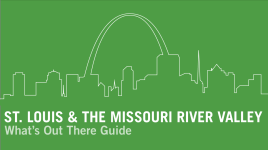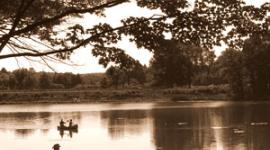Pioneer Information
Recognized primarily for his highly successful advocacy for regional park systems and landscape conservation planning, Charles Eliot is also known for his numerous publications, gathered in Charles Eliot, Landscape Architect, 1901. His love of nature gave balance to the elite Bostonian academic environment in which he was raised. (His father, Charles W. Eliot, served 40 years as president of Harvard University.) Earning his A.B. from Harvard in 1882, he continued taking coursework while interning at Frederick Law Olmsted, Sr.’s firm in nearby Brookline, Massachusetts.
Returning home after touring Europe, Eliot opened his own office, handling a wide range of projects; his personal focus, however, involved establishing “reservations”: potential scenic parklands and historic places that might otherwise be lost to public access. Eliot initiated The Trustees for (Public) Reservations, a model statewide non-profit organization, and, along with Sylvester Baxter, established Boston’s Metropolitan Park Commission, the first in the nation.
In 1893, Eliot became a partner in Olmsted, Olmsted, & Eliot. Reaching beyond Olmsted’s original “Emerald Necklace,” Eliot developed a comprehensive regional park system for Boston, the first of its kind and a model for other cities. Eliot died of spinal meningitis in 1897 while supervising the construction of Hartford’s Keney Park. In 1899, Harvard University’s landscape architecture program was established in his memory.














